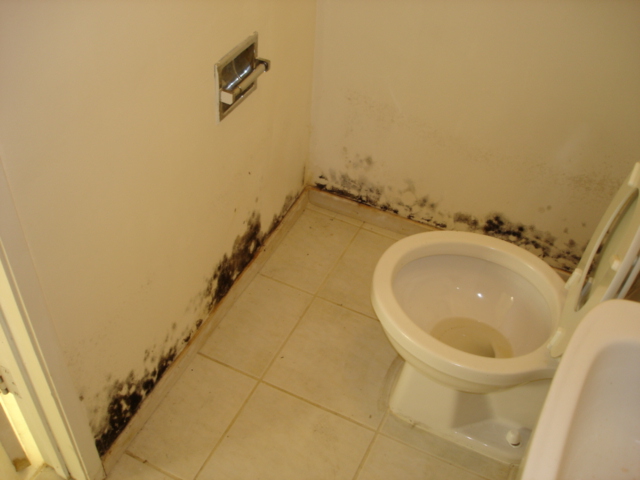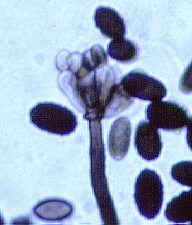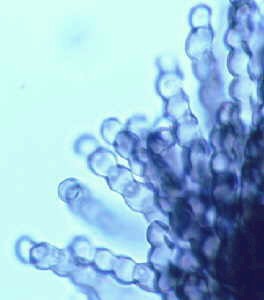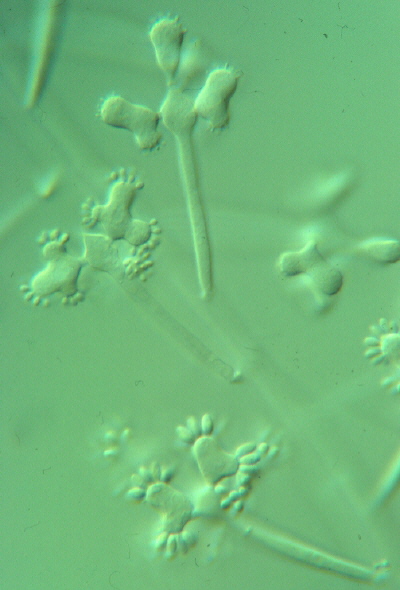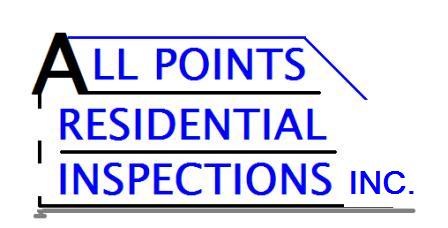-
Commercial or mold inspections
Commercial inspections

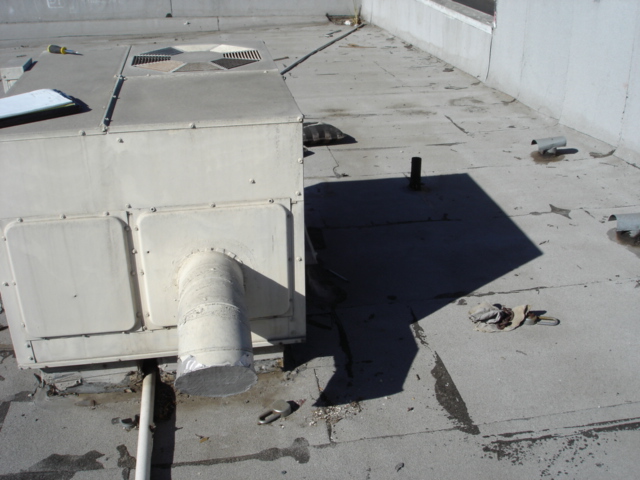
Mold inspections
- CMA (Certified Mold Assessor)
CRMI (Certified Residential Mold Inspector)
Mold basics
NO HYPE, JUST FACTS.
WHY IS MOLD GROWING IN MY HOME?
Molds are part of the natural environment. Outdoors, molds play a part in nature by breaking down dead organic matter such as fallen leaves and dead trees, but indoors, mold growth should be avoided. Molds reproduce by means of tiny spores; the spores are invisible to the naked eye and float through outdoor and indoor air. Mold may begin growing indoors when mold spores land on surfaces that are wet. There are many types of mold, and none of them will grow without water or moisture.
CAN MOLD CAUSE HEALTH PROBLEMS?
Molds are usually not a problem indoors, unless there is a source of mold spores in an area where aerosolitation and human exposure can occur. Molds have the potential to cause health problems. Molds produce allergens (substances that can cause allergic reactions), irritants, and in some cases, potentially toxic substances (mycotoxins). Allergic responses include hay fever-type symptoms, such as sneezing, runny nose, red eyes, and skin rash (dermatitis). Allergic reactions to mold are common. They can be immediate or delayed. Molds can also cause asthma attacks in people with asthma who are allergic to mold. Research on mold and health effects is ongoing. This provides a brief overview; it does not describe all potential health effects related to mold exposure. For more detailed information consult a health professional. You may also wish to consult your state or local health department.
HOW DO I GET RID OF MOLD?
It is impossible to get rid of all mold and mold spores indoors; some mold spores will be found floating through the air and in house dust. The mold spores will not grow if moisture is not present. Indoor mold growth can and should be prevented or controlled by controlling moisture indoors. If there is mold growth in your home, you must clean up the mold and fix the water problem. If you clean up the mold, but don't fix the water problem, then, most likely, the mold problem will come back.
Source: EPA.gov
Mold allergies
Along with pollens from trees, grasses, and weeds, molds are an important cause of seasonal allergic rhinitis. People allergic to molds may have symptoms from spring to late fall. The mold season often peaks from July to late summer. Unlike pollens, molds may persist after the first killing frost. Some can grow at subfreezing temperatures, but most become dormant. Snow cover lowers the outdoor mold count dramatically but does not kill molds. After the spring thaw, molds thrive on the vegetation that has been killed by the winter cold.
WHAT IS MOLD ALLERGY?
When inhaled, microscopic fungal spores or, sometimes, fragments of fungi may cause allergic rhinitis. Because they are so small, mold spores may evade the protective mechanisms of the nose and upper respiratory tract to reach the lungs.
In a small number of people, symptoms of mold allergy may be brought on or worsened by eating certain foods, such as cheeses, processed with fungi. Occasionally, mushrooms, dried fruits, and foods containing yeast, soy sauce, or vinegar will produce allergic symptoms. There is no known relationship, however, between a respiratory allergy to the mold Penicillium and an allergy to the drug penicillin, made from the mold.
WHERE DO MOLDS GROW?
Molds can be found wherever there is moisture, oxygen, and a source of the few other chemicals they need. In the fall they grow on rotting logs and fallen leaves, especially in moist, shady areas. In gardens,they can be found in compost piles and on certain grasses and weeds. Some molds attach to grains such as wheat, oats, barley, and corn, making farms, grain bins, and silos likely places to find mold.
WHICH MOLDS ARE ALLERGENIC?
In general, Alternaria and Cladosporium (Hormodendrum) are the molds most commonly found both indoors and outdoors througout the United States. Aspergillus, Penicillium, Helminthosporium, Epicoccum, Fusarium, Mucor, Rhizopus, and Aureobasidium(Pullularia) are also common.
ARE MOLD COUNTS HELPFUL?
Similar to pollen counts, mold testing can suggest the types and relative quantities of fungi present. Many of the common allergenic molds are of the dry spore type--they release their spores during dry, windy weather. Other fungi need high humidity, fog, or dew to release their spores.
In addition to the effect of day-to-day weather changes on mold counts, spore populations may also differ between day and night. Day favors dispersal by dry spore types and night favors wet spore types.
ARE THERE OTHER MOLD-RELATED DISORDERS?
Fungi or microorganisms related to them may cause other health problems similar to allergic diseases. Some kinds of Aspergillus may cause several different illnesses, including both infections and allergy. These fungi may lodge in the airways or a distant part of the lung and grow until they form a compact sphere known as a "fungus ball." In people with lung damage or serious underlying illnesses, Aspergillus may grasp the opportunity to invade the lungs or the whole body.
In some individuals, exposure to these fungi also can lead to asthma or to a lung disease resembling severe inflammatory asthma called allergic bronchopulmonary aspergillosis. This latter condition, which occurs only in a minority of people with asthma, is characterized by wheezing, low-grade fever, and coughing up of brown-flecked masses or mucus plugs. Skin testing, blood tests, X-rays, and examination of the sputum for fungi can help establish the diagnosis. Corticosteroid drugs are usually effective in treating this reaction; immunotherapy (allergy shots) is not helpful.
